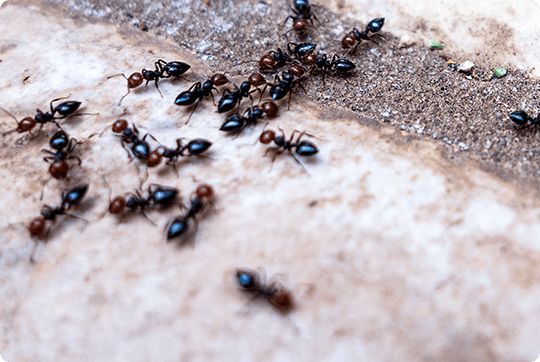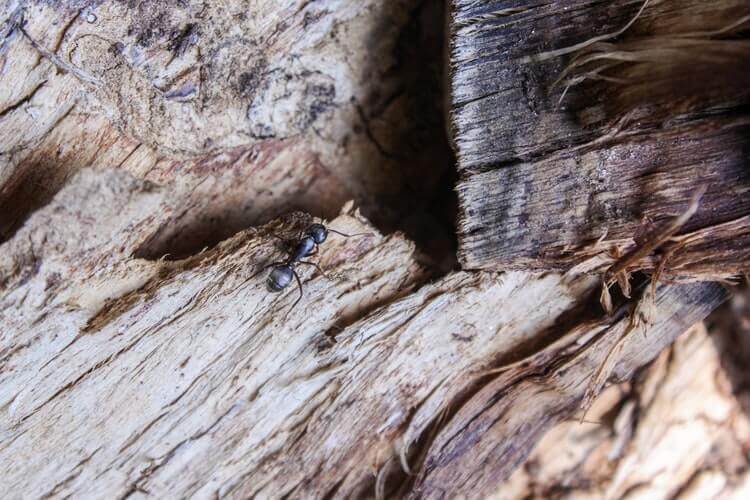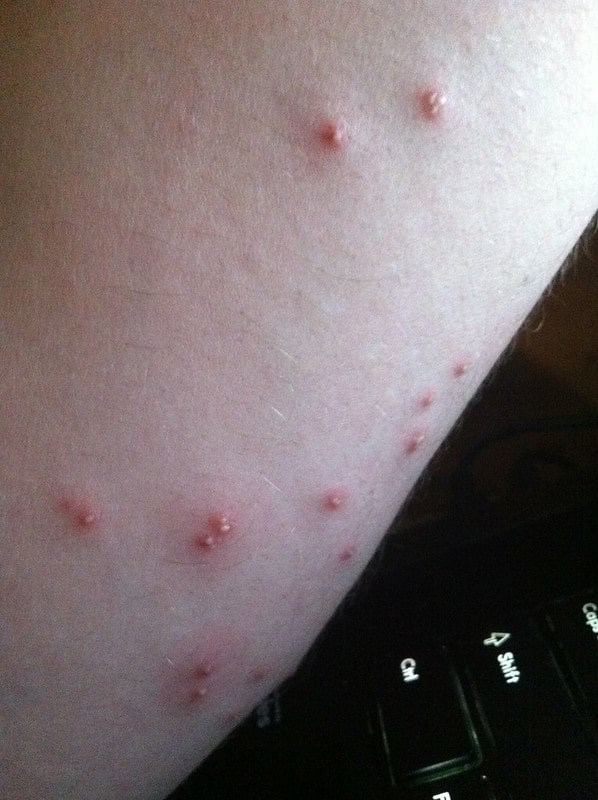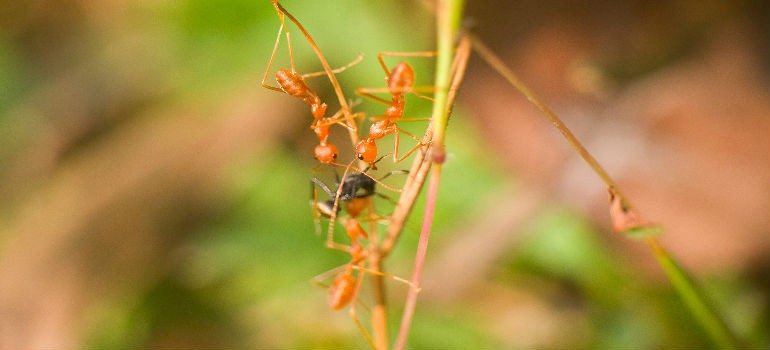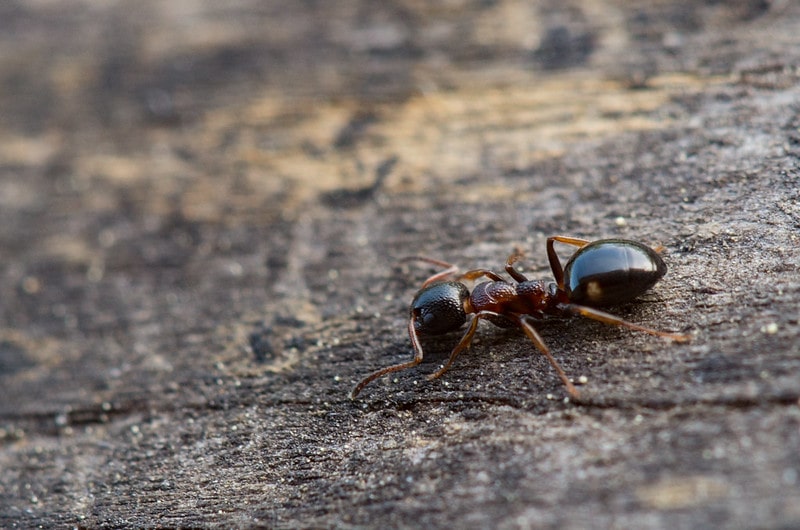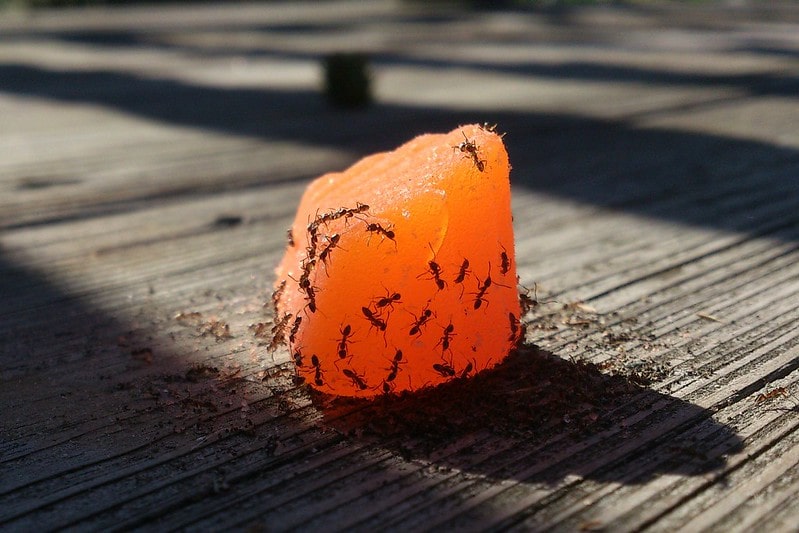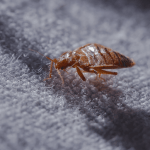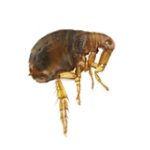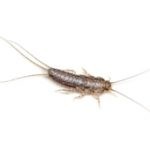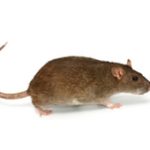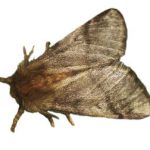Termites vs Ants
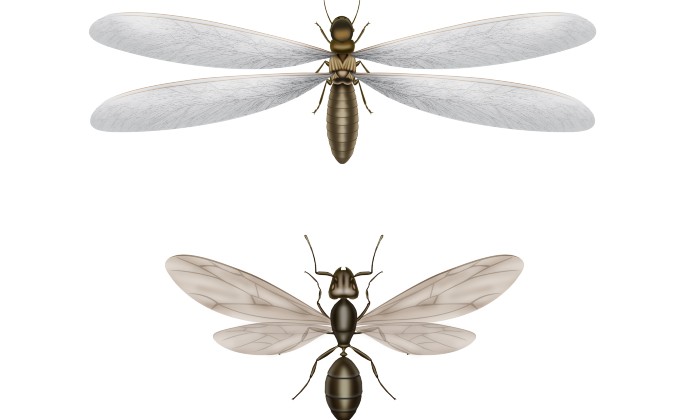
Having an insect infestation in your home is serious business. After all, your precious wooden dining room table may have just been exposed to some insects who’ve decided to make your furniture their home. But what are these insects and how can you identify them? This leads us to the question of the differences between termites vs ants as these are the most common culprits for wood damage in your home. Although they may look similar, ants and termites are two different insect types from two different species. Therefore, you need to be aware of the differences between ants vs termites to know which measures to take to treat and prevent such an infestation in your home.
What do termites look like?
The first step in identifying your insect infestation is to determine what do termites look like. A termite’s nest or a termite colony could be very damaging to your home and you need to identify their appearance first to know the best way to deal with these insects.
Firstly, termites are winged creatures with wings of equal length. They have a stocky abdomen without a waist. Their antennae are straight and they are brownish to creamish in colour. They have six legs, a head, thorax and abdomen.
When it comes to breeding, they have queens that lay eggs and kings that fertilise them. What’s more, is that they have a worker caste that does most of the work and a soldier caste that defends the nest.
What do flying ants look like?
If you think that ants are only the black or brown little creatures that crawl over the ground looking for food to take to their queen, you’d be slightly incorrect as there are many varieties of this species. In fact, you might be surprised to find out that the answer to the question “do ants have wings” is actually a “yes”. These are called flying ants, but what do flying ants look like?
Also small in size like termites, flying ants differ from termites in several ways. Firstly, their wings are not of equal length, their waist is pinched-in making it narrower than that of a termite and finally, they have antennae that are usually angled and not straight. Ants also have nests or colonies and regarding breeding, they are very much like termites with a queen that lays eggs and kings that fertilise them. They also have a worker caste that does more of the work in getting food to the others.
Check also: How To Get Rid Of Flying Ants
Reliable pest control service
Contact local expert to help you get rid of the pest in your property.
Termites vs ants difference
It’s quite easy to confuse termites with ants, as they can be similar in colour and size. However, when it comes to flying ants vs termites, there is an important termite vs ants difference. In fact, termites are closer to the cockroach family rather than ants. So it’s important to identify the differences between them.
- Body shape: while a termite has no “waist,” its body is more rectangular, without any narrowing in the centre. Meanwhile, the carpenter ant has a well-defined constricted waist.
- Antennae: a termite has straight, beaded antennae, while a carpenter ant’s antennae are bent or “elbowed.”
- Wings: whereas both termites and ants are winged creatures and each has four wings, a termite has wings that are of equal size and shape and its wings are much longer than its body. However, a carpenter ant’s back wings are shorter than its front forewings and the wings do not look long or disproportionate to its body. Another element related to wings is that termite wings are not as durable as ants. Their wings fall off easily and such loose wings can often be seen near the opening of a termite nest.
- Colour: worker ants are reddish or dark-coloured and are frequently seen in the open. Termite workers, on the other hand, are transparent, light or creamy white in colour and avoid light.
Termites vs flying ants difference
What are the termites vs flying ants differences? Apart from the fact that they come from two different families of insects, they also look different. In addition, you need to look at what they like to eat to determine more about the differences between termites vs flying ants. While both like wood structures to nest in, flying ants do not eat wood, whereas termites do.
Flying ants clear spaces in wood to create tunnels for their nest or home. The appearance of the wood is usually smooth and sanded. Meanwhile, termites do eat wood and you will usually find mud or soil tracks near and around the wood as they prepare their nest for more eggs.
Therefore, when it comes to termites vs ants with wings, you need to be aware of what they eat and what tracks they lay after themselves in order to correctly spot the right insect and take the necessary precautions to address your insect infestation.
Termites vs ants damage
Now that you know more about termites and ants, are you wondering about termites vs ants damage? Here’s a brief breakdown of what you can expect from each insect:
- Carpenter ants: These ants chew wood and excavate galleries in soft, rotting wood, later moving on to harder wooden structures. The wood will have a finely sanded texture. Carpenter ant nests can be found in the ground, in rotting fence posts, firewood, dead limbs of standing trees, under stones and fallen logs. It is not an uncommon situation for these insects to have multiple nests inside structures. Therefore, any sign of a large number of these insects is not good news for you or your home.
- Termites: These insects usually eat wood, mainly springwood, as the harder summer wood is difficult for them to digest. Hence damaged wood has a rougher, layered look than that of carpenter ants or flying ants. You will usually find soil in the galleries. Termites can be found around basement windows, doorways, under siding, sills, headers, porches or any structure in contact with the soil and exploit even the tiniest of cracks.
Takeaways
- While termites and ants are both insects, they look different from each other
- Differences in appearance can be found in their antennae, waist, colour and wing size
- Carpenter ants or flying ants do not eat wood but rather chew it, whereas termites eat it
- Both create galleries in wood, whereas termite galleries will be rougher to the touch, carpenter ants or flying ants’ galleries will be smoother
- Both can cause structural damage to your home and you need to take the necessary precautions to prevent an infestation.
Still not sure if you are dealing with termites or ants?
Please note that we only aim to provide some useful information about how to identify termites.



